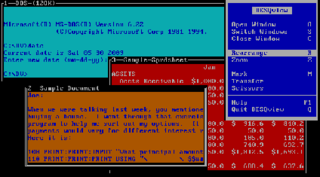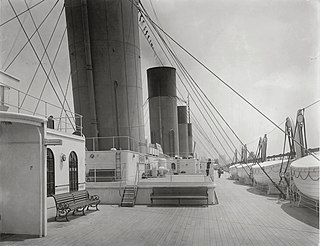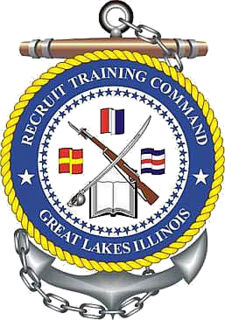This page is based on this
Wikipedia article Text is available under the
CC BY-SA 4.0 license; additional terms may apply.
Images, videos and audio are available under their respective licenses.

DESQview (DV) was a text mode multitasking operating environment developed by Quarterdeck Office Systems which enjoyed modest popularity in the late 1980s and early 1990s. Running on top of DOS, it allowed users to run multiple programs concurrently in multiple windows.

The Atlanta-class cruisers were eight United States Navy light cruisers designed as fast scout cruisers or flotilla leaders but that proved to be effective anti-aircraft cruisers during World War II. They were also known as the Atlanta-Oakland class. The four Oakland and later ships had slightly different armament as they were further optimized for anti-aircraft fire. The Atlanta class had 12 x 5-inch (127 mm)/38 caliber guns, mounted in three superfiring sets of two-gun turrets fore and three more aft. The first four ships of the class also had an additional two twin 5-inch/38 mounts, one port and one starboard, giving these first four Atlanta-class cruisers the heaviest anti-aircraft armament of any cruiser of World War II.
In the rating system of the British Royal Navy used to categorise sailing warships, a fifth rate was the penultimate class of warships in a hierarchical system of six "ratings" based on size and firepower.

In the rating system of the British Royal Navy used to categorise sailing warships, a sixth-rate was the designation for small warships mounting between 20 and 28 carriage-mounted guns on a single deck, sometimes with smaller guns on the upper works and sometimes without. It thus encompassed ships with up to 30 guns in all. In the first half of the 18th century the main battery guns were 6-pounders, but by mid-century these were supplanted by 9-pounders. 28-gun sixth rates were classed as frigates, those smaller as 'post ships', indicating that they were still commanded by a full ('post') captain, as opposed to sloops of 18 guns and less under commanders.
A spar is a pole of wood, metal or lightweight materials such as carbon fibre used in the rigging of a sailing vessel to carry or support its sail. These include booms and masts, which serve both to deploy sail and resist compressive and bending forces, as well as the bowsprit and spinnaker pole.

A deck is a permanent covering over a compartment or a hull of a ship. On a boat or ship, the primary or upper deck is the horizontal structure that forms the "roof" of the hull, strengthening it and serving as the primary working surface. Vessels often have more than one level both within the hull and in the superstructure above the primary deck, similar to the floors of a multi-storey building, that are also referred to as decks, as are certain compartments and decks built over specific areas of the superstructure. Decks for some purposes have specific names.

An aftercastle is the stern structure behind the mizzenmast and above the transom on large sailing ships, such as carracks, caravels, galleons and galleasses. It usually houses the captain's cabin and perhaps additional cabins and is crowned by the poop deck, which on man-of-wars provided a heightened platform from which to fire upon other ships; it was also a place of defence in the event of boarding. More common, but much smaller, is the forecastle.

Admiral Sir Erasmus Gower was a Welsh naval officer and colonial governor.

The Medea class were a class of destroyers that were being built for the Greek Navy at the outbreak of World War I but were taken over and completed for the Royal Navy for wartime service. All were named after characters from Greek mythology as result of their Greek heritage.

HMS Arno was a unique destroyer of the Royal Navy that saw service and was lost during First World War. She was under construction in Genoa, Italy for the friendly Portuguese Navy as Liz in 1914 when she was bought by the Royal Navy for service in the Mediterranean.

Flush deck is a term in naval architecture. It can refer to any deck of a ship which is continuous from stem to stern. It has two specific common referents:
Norton CleanSweep, designed by Quarterdeck was designed to aid in the removal of installed programs on Microsoft Windows.

Recruit Training Command, Great Lakes, is a unit within the United States Navy primarily responsible for conducting the initial orientation and indoctrination of incoming recruits. It is part of Naval Service Training Command, and is located at Naval Station Great Lakes, Illinois.
HMS Falmouth was a 50-gun fourth-rate ship of the line built for the Royal Navy in the first decade of the 18th century. The ship participated in several battles during the War of the Spanish Succession (1701–15) and the War of Jenkins' Ear (1739–48).

The Quartermaster Award is the highest rank attainable in the Sea Scouting program of the Boy Scouts of America.

A gangway is a narrow passage that joins the quarterdeck to the forecastle of a sailing ship. The term is also extended to mean the narrow passages used to board or disembark ships.













